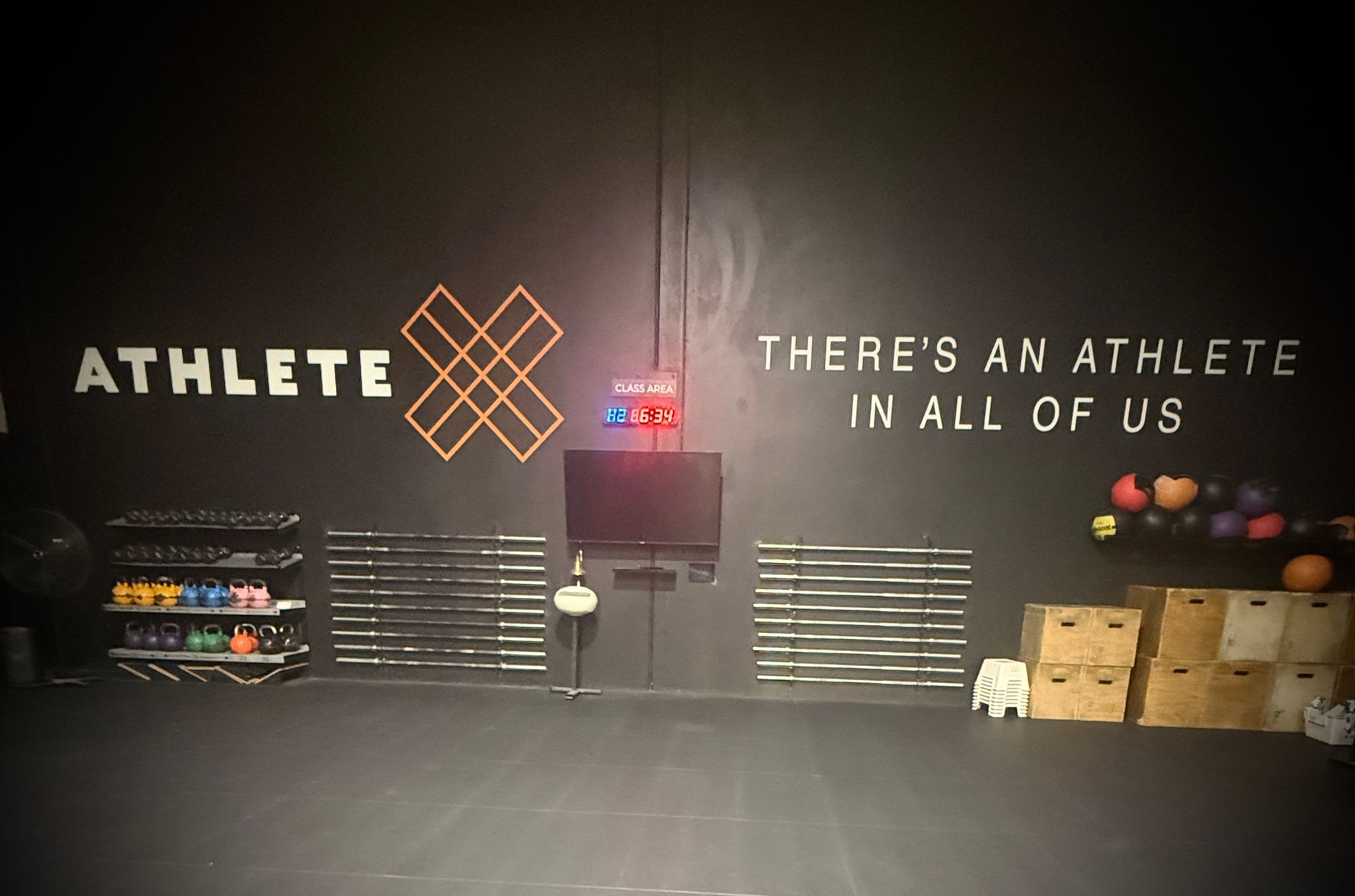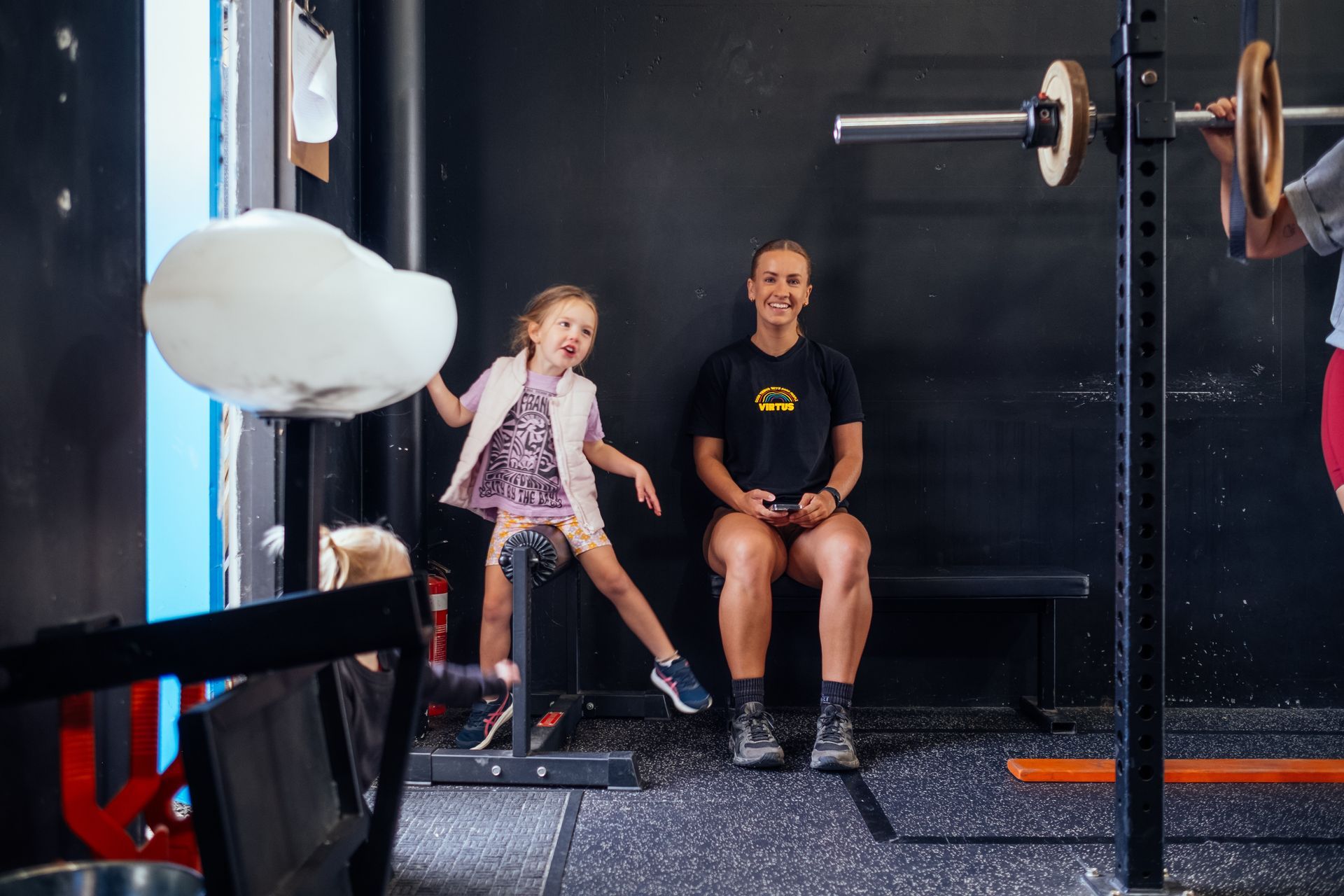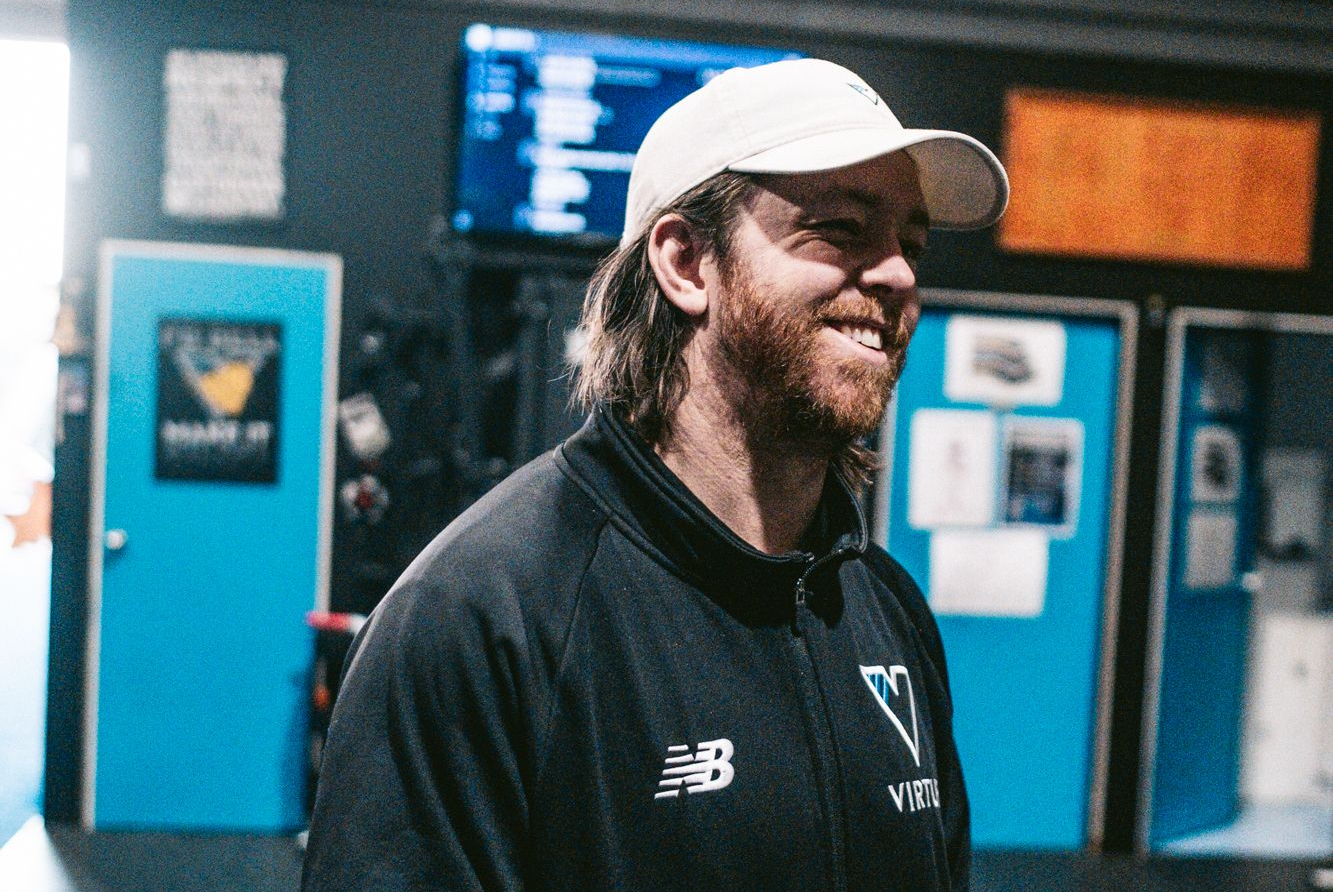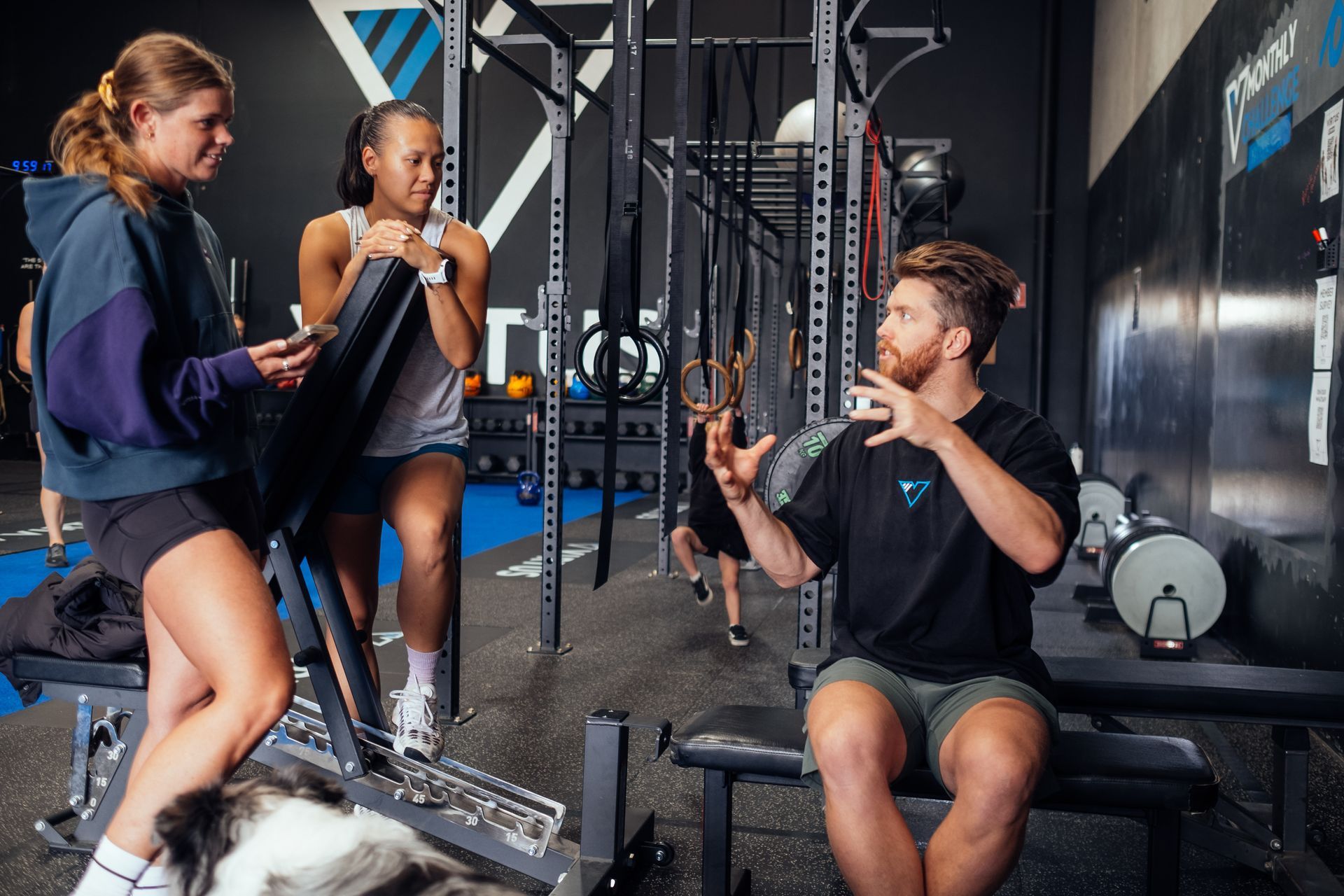Hands Up if You Want Healthy Shoulders!
Some of the world?s most played sports; tennis, volleyball, badminton, and cricket, just to name a few, all require their participants to express tremendous strength and mobility of the shoulder in order to be successful, stay injury free, and consistently perform for many years.

Not an avid player or follower of any of these sports?
That?s cool; try reaching right up to the top shelf to grab your favourite beverage with inadequate shoulder mobility.
Are you a parent? I can?t speak from experience here; however, I imagine it would become very taxing lifting an infant child in and out of prams and booster seats all day long with busted up shoulders.
Now this I can tell you from experience; if you?re a player of contact sports, you NEED adequate shoulder stability, otherwise you are going to wish you had it.
The complications that are concomitant with constant trauma to the shoulder are unpleasant. In case you?ve never experienced a shoulder dislocation before; it f*****g hurts! And unfortunately, once the shoulder has been injured, injury re-occurrence is very common in the absence of structured mobility, motor control, and stability training.

It isn?t pleasant to get to a point where even reaching your arm overhead is enough to dislocate your shoulder. It is also incredibly unpleasant to wake up at 3am unable to move because you slept in an awkward position and now your shoulder is partially dislocated. Being in a sling for extended periods of time sucks too.
You miss playing sport, you can?t go to the gym (which means muscle atrophy; your guns shrink, which isn?t what you want heading into summer), and hugs are only half as wholesome when you can only wrap one arm around someone.
The above story is exactly what I experienced from ages 16 to 18; when I didn?t give a shit about training to move well, and only wanted to get a big rig and pipes. It was at a time when my indicator of a good training session was how much of a pump I got and how sore I was the next day.

I don?t want you to make the same mistakes that I did.
First, let?s dive into why the shoulder is such a functionally mobile yet unstable joint and then talk about how we can train to improve its function
There are actually many different joints that make up the shoulder, however the main one I will be touching on here is the glenohumeral joint which is comprised of the head of the upper arm (which is anatomically referred to as the humerus) and the glenoid fossa.
This is a ball and socket joint; with the humeral head acting as the ball and the glenoid fossa (which is attached to the shoulder blade) serving as the dish that the ball sits in.
The shoulder is a bit different to other ball and socket joints in the body such as the hip; in the case of the shoulder, the ball is actually about 3 times bigger than the socket, so it more resembles a golf ball sitting on a tee rather than a ball and socket. A ring of cartilage, called the glenoid labrum, sits around the glenoid fossa to provide more depth and stability to the joint. However, we still require sufficient support from the surrounding musculature to ensure the ?golf ball? doesn?t roll off its ?tee? as the shoulder navigates various positions or whilst absorbing impact during a contact sport. If we don?t have this structural support from the muscles, then the glenoid labrum can tear, leading to increased risk of future dislocation if we don?t increase the integrity of the musculature.

You may have heard of the ?rotator cuff?. The rotator cuff is a collection of 4 muscles (or 5, depending on who you ask) that originate from the scapula (shoulder blade) and insert into the humerus; providing stability to the humeral head and keeping it secure within the socket. These muscles are critical in counteracting the forces of the muscles that act on the humerus which originate on the front side of the body.
The problem is; many of the general population don?t train the rotator cuff musculature at all and ONLY train the muscles on the front side of their body. Muscles such as pec major, biceps, deltoids, and the upper traps. In fact, they obliterate these muscles most days of the week with a high volume of training and a poor selection of isolation movements, leading to massive muscular imbalances around the shoulder.

It?s the muscles that we can?t see though, the rear and deep muscles of the upper body, that are going to be beneficial to our shoulder health and helping to counteract the hyperactivity of the muscles that live mostly to the front side of the shoulder which may be disrupting the joint?s ability to be stable. These muscles don?t just include the rotator cuff; but the rhomboids, mid & lower traps, pec minor, and serratus anterior.
I?d recommend training these muscles by incorporating movements into your training such as:
- Band Pull Aparts
- Row Variations
- Arm Bars
- Chin Ups and Pull Ups
- Landmine Presses
- Single Arm KB Swings
- Carry Variations
Not only is being strong important, being mobile is just as, if not, more important. You need adequate mobility before being able to complete strengthening throughout a full range of motion (ROM) so if you don?t have the mobility; put the work in and GET mobile!
Exercises I recommend include:
- Dead Hangs
- Dislocations (not literally)
- Pull Overs
- Behind the Neck Dowell Presses
These exercises improve shoulder ROM but are also exercises in which you can add load to strengthen the shoulder at ?vulnerable? ranges.
The vulnerable range I am talking about is when our arm is overhead and slightly rotated externally. It?s considered to be vulnerable due to the position the humeral head is in relation to the glenoid fossa when the arm is in this position, with some coaches/clinicians even recommending that we avoid training in this position and trying to chase too much mobility in this range as it is ?unsafe?. My view is the complete opposite. We SHOULD be trying to get the shoulder strong in this vulnerable range! We can avoid it all we want; but what is going to happen in a contact sport when the arm is taken into that position and the surrounding musculature isn?t strong enough to deal with the trauma because we didn?t train it to be strong in that position?! Instead, we?re told to train in a restricted range of motion and do 100s of poorly coached theraband external rotations until the cows come home.
Taking all of the above information into account, where do we go from here?
For one, I?m not saying to go and start blindly doing hundreds of rows and band pull aparts every single day, though if you did start to incorporate more of these movements into your training it wouldn?t be the worst thing in the world, you will be shifting the needle into your favour. However, that is not anywhere near enough. A well-structured program that progressively challenges the nervous system?s ability to provide stability to the joint in all ranges of motion is the best port of call.
A very long post this one, but that is because I believe we need more information like this available to the public because I see so many people in commercial gyms including young kids who are training for the first time that are making the exact same mistakes I did, and if they?re a player of contact sports I truly believe it is an injury waiting to happen. Not only does the general public need this information, but many other coaches and clinicians do too; it wasn?t until I did my own study and implementation and went on a completely different route to the ?general? advice that I had been given and tends to get given to most patients that I started to make some true gains with my shoulder rehab post-op (I don?t say that to try and give the impression that I think I am better than any local physio or that their advice is wrong; but if you?re just getting a rub for 30 minutes every week for 6 weeks and have been working on the same generic theraband exercises on an A4 sheet of paper that you received in the first session then there are other routes out there that you seriously need to consider!).
If you have any questions please don?t hesitate to shoot me a message or have a chat if you see me on the gym floor!
Have an unreal day x
Recent Blog Posts







